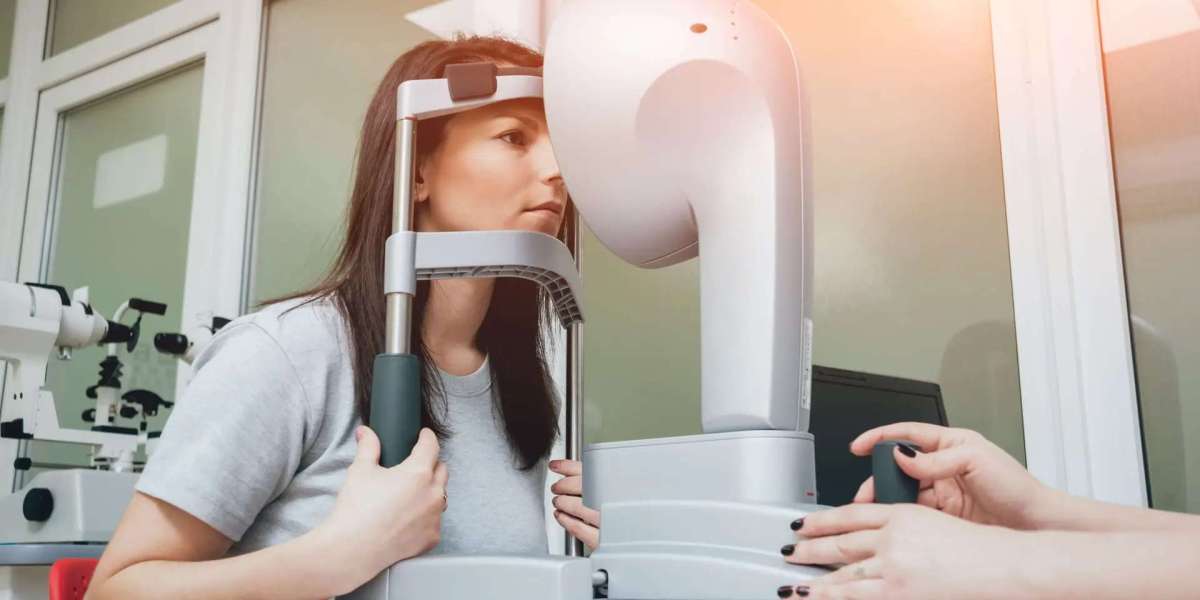A corneal transplant is a specialized surgery that restores or significantly improves vision by replacing a damaged or clouded cornea with healthy donor tissue. This may be necessary due to injury, infection, scarring, or genetic conditions. Not all corneal transplants in Woodbridge, VA are the same, as each type of transplant serves a specific purpose based on which layers of the cornea are affected.
Patients can receive individualized care and access to advanced surgical techniques through Singh Vision, where expertise and innovation go hand in hand to ensure better outcomes. Below are the different types of corneal transplant.
1. Penetrating Keratoplasty (PK)
This is the oldest and most traditional form of corneal transplant. It involves replacing the entire thickness of the cornea. PK is typically performed when all corneal layers are damaged. Though recovery can take up to a year, many patients experience significant improvement in vision over time.
2. Deep Anterior Lamellar Keratoplasty (DALK)
In this procedure, only the outer layers of the cornea are replaced, preserving the healthy inner layer. It's an excellent option for individuals with keratoconus or surface scarring. DALK reduces the risk of immune rejection and offers a more stable long-term outcome for suitable candidates.
3. Descemet's Stripping Endothelial Keratoplasty (DSEK)
DSEK replaces just the innermost layers, including the endothelium and a portion of the Descemet's membrane. It's commonly used in cases involving endothelial dysfunction. Because it uses a much smaller incision, healing is generally faster than with full-thickness transplants.
4. Descemet Membrane Endothelial Keratoplasty (DMEK)
A more advanced technique than DSEK, DMEK uses even thinner donor tissue, allowing for quicker recovery and clearer vision. It requires a high level of surgical precision but delivers excellent results when performed by experienced specialists in the field.
5. Keratoprosthesis (Artificial Cornea)
Some patients are not candidates for donor tissue. In those rare cases, a synthetic cornea can be implanted. This is usually considered after multiple failed grafts and provides a final option for vision restoration when others are no longer effective.
6. Femtosecond Laser-Assisted Transplants
This method uses laser precision to cut and shape the cornea for a better graft fit. The result? Smoother healing and fewer complications. Laser-assisted techniques are particularly useful for patients needing customized surgical outcomes and enhanced accuracy.
If you're exploring options for a corneal transplant, it's important to understand which procedure aligns with your condition and long-term vision goals. Patients receive compassionate, tailored care at Singh Vision, where every treatment is guided by expertise and a commitment to restoring clarity and confidence in your sight.



